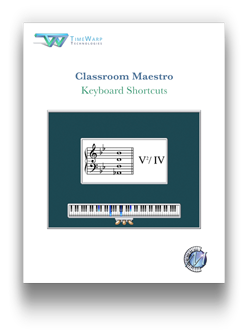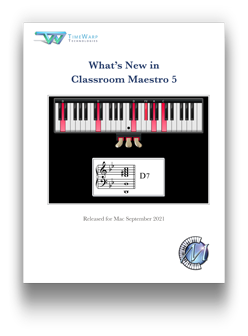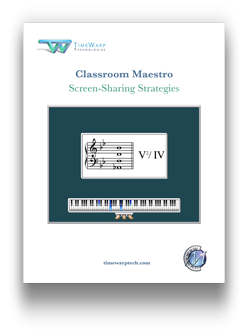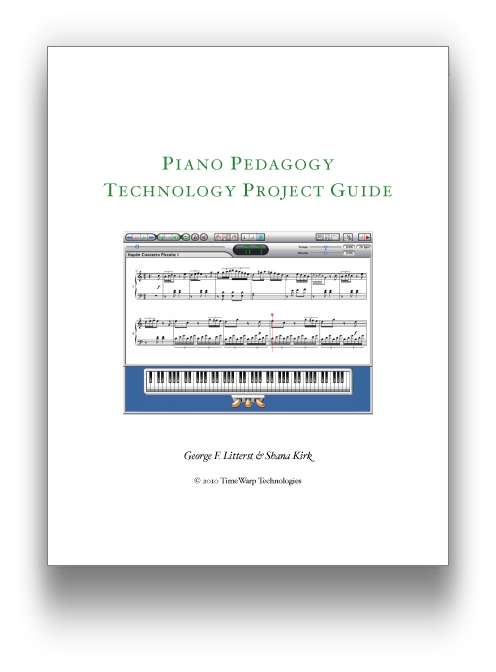Classroom Maestro: Resources
Dr. Mario Ajero demonstrates how he uses a variety of technology resources in his piano lab at the Stephen F. Austin State University. Note how he uses both Home Concert Xtreme and Classroom Maestro.

Responding to popular demand, we have created a printable list of keyboard shortcuts for Classroom Maestro. Click one of the links below to receive the Mac or Windows version.
Most of Classroom Maestro’s keyboard shortcuts are easy to remember: Press letter C for Chord mode, S for Scale mode, and A to turn on analysis.
We hope that these charts will make themselves quickly obsolete!
Click here to view the Mac version (Classroom Maestro 5). Or click here to download this version.
Click here to view the Mac version (Classroom Maestro Legacy). Or click here to download this version.
Click here to view the Windows version. Or click here to download this version.

What’s New in Classroom Maestro 5
This document focuses on the new features found in Classroom Maestro 5 for Mac. It was written especially for users of earlier versions of Classroom Maestro.

Classroom Maestro Screen-Sharing Strategies
This document will provide you with options for sharing your Classroom Maestro display during an online lesson.
George Litterst demonstrates how to set up a MIDI keyboard for use with Classroom Maestro.
The Piano Pedagogy Technology Project Guide is a resource for college piano pedagogy instructors, written by George F. Litterst and Shana Kirk. It contains 16 term projects that may be assigned to piano pedagogy students. Each project can be completed independently by the students and shared with the class at the end of the term.

